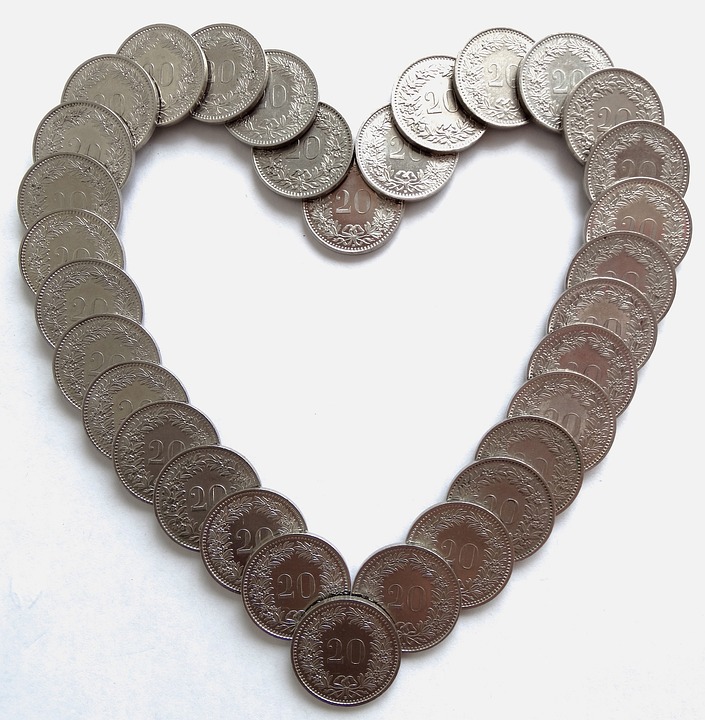In recent years, the world of digital art has undergone a seismic shift, thanks largely to the rise of Non-Fungible Tokens (NFTs). While the mainstream conversation around NFTs often centers on high-profile sales and digital assets, another burgeoning movement is quietly upending traditional paradigms: NFT parodies. These playful, often humorous takes on established art forms are reinventing not just how art is created and consumed, but also what art itself is perceived to be.
The Birth of NFT Parodies
NFT technology has democratized art in ways that were previously unimaginable. Artists now have the power to mint digital artworks as unique assets, granting collectors the ability to own and trade them on blockchain networks. Amid the surging popularity of these digital assets, NFT parodies have emerged, bringing with them an eccentric form of commentary that critiques and celebrates the broader art world.
Some of the most recognizable instances of NFT parody include satirical takes on renowned artworks—think of a reimagined "Mona Lisa" with pixelated features or a playful version of Van Gogh’s "Starry Night" sprinkled with meme culture. Not only do these replications provide entertainment, but they also raise significant questions about originality, authorship, and value in art.
Challenging the Definition of Art
Traditional art norms often prioritize originality and the artistic genius of the individual creator. However, NFT parodies challenge these conventions by embracing appropriation and remix culture. By taking established works and adding a twist, parody artists highlight the fluidity of creativity and the interconnectedness of artistic expression. This upheaval opens the door to a new way of understanding art—one that acknowledges influences while subverting them.
For artists, parody becomes a tool for exploration and experimentation. It allows for a wider range of expression that can be playful, critical, or even absurd, turning the spotlight back onto the art world itself. By poking fun at established tropes, NFT parodies prompt discussions about what constitutes "high art" versus "low art," as well as the broader societal implications of commodifying creativity.
Redefining Ownership and Value
The question of value is crucial within the NFT space. Traditionally, value in art is based on factors like rarity, provenance, and the artist’s reputation. NFT parodies, however, can blur these lines. Their existence often relies on the aura of the original artwork, making them simultaneously valuable and subversive. Parody artists leverage the recognition and prestige of their subjects while also critiquing the very system that upholds them.
This paradox creates a unique marketplace where the value can be disputed. The rapid pace of social media and viral content further amplifies this, allowing parody artists to capitalize on cultural moments by remixing classic artworks into timely, resonant pieces. With the ability for these artworks to gain traction on platforms like Twitter and Instagram, NFT parodies often capture the zeitgeist in ways that traditional art simply cannot.
Community and Collaboration
One of the most exciting aspects of the NFT parody movement is its foundation in community and collaboration. Many parody artists thrive on sharing their work across platforms, encouraging others to join in the conversation. This collaborative environment fosters a sense of belonging and shared creativity, as artists build upon each other’s ideas and construct new narratives collectively.
Moreover, NFT marketplaces encourage community engagement through practices like fractional ownership, allowing collectors to own a piece of a parody artwork, regardless of its overall market value. This model not only expands accessibility to art ownership but also reinforces the notion that art can be created and appreciated collaboratively, rather than as an individualistic pursuit.
Conclusion: The Future of Art in an NFT Climate
As NFT parodies become increasingly recognized and appreciated, they challenge the very foundations of traditional art norms. By flipping the script on originality, ownership, and artistic value, these works invite us to reconsider our understanding of art itself.
In a climate where digital interactions are rapidly evolving and redefining creativity, NFT parodies may well be paving the way for a new era in which art is not just a solitary expression but a communal experience brimming with humor, critique, and innovation. Through this lens, the world of art is not just surviving; it is thriving—playfully, provocatively, and crucially reinventing its own narrative.






